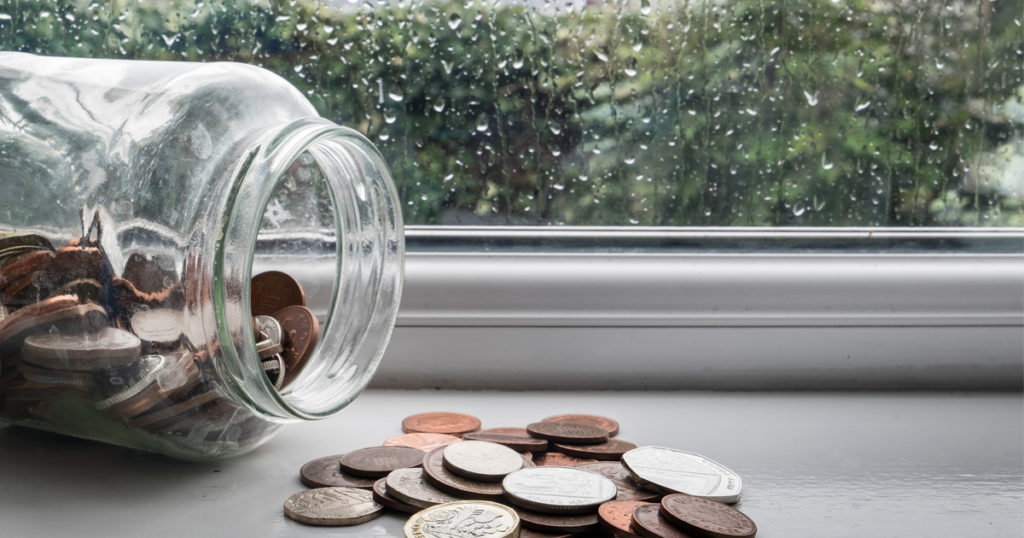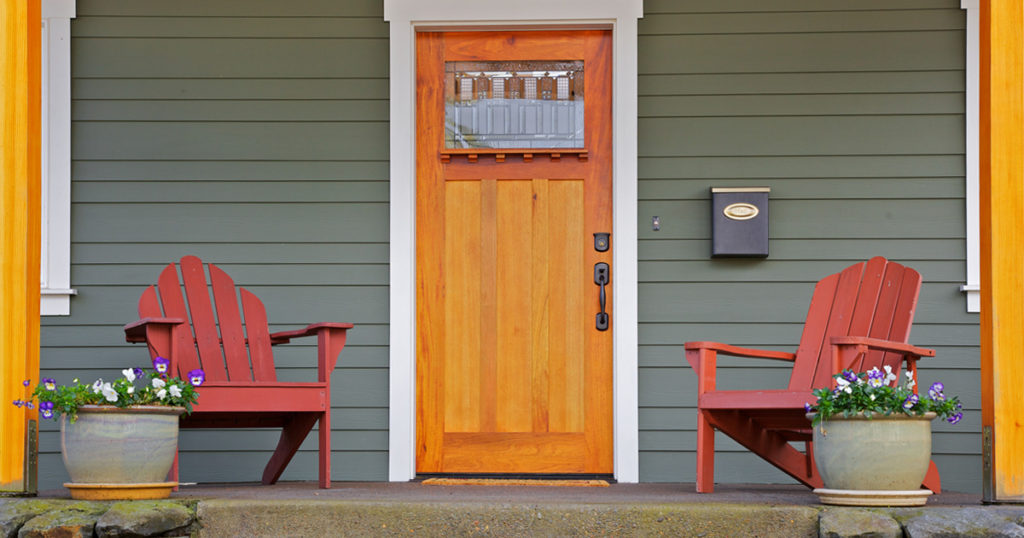When you’re factoring in the expenses of home ownership, the cost of things like your mortgage, taxes, and insurance are calculated. And there’s a general sense of “I’ll need to plan to cover the cost of repairs and maintenance.” But how much do you need to have accessible (saved) to cover the expense of home repairs? We’ll help you answer that here.
First, let’s make a distinction between an “emergency fund” and a “rainy day fund.” An emergency fund is meant for, well, emergencies. You’ve had your work hours reduced or lost your job. Someone in your family is dealing with a major illness or injury that results in lost wages or costly medical bills. Some event or circumstance has created a critical financial hardship for you. An emergency fund is essentially your safety net that helps you weather the storm until such time as things are restored to normal or you can put other plans in place to secure your family’s financial welfare.
A rainy day fund is for those one-time, unexpected, smaller expenses. Maybe your water heater needs to be replaced. Or your daughter threw a beautiful softball pitch—right through your kitchen window. These are the sorts of things that feel like an emergency but aren’t, or shouldn’t be with a good plan in place to anticipate them. Having a rainy day fund means you don’t let the surprise day-to-day repairs and maintenance derail your long-term financial health.
So how much should you plan to save in your rainy day fund? There are a few different ways to calculate this.
The One Percent Rule: If your military family adventures have included purchasing real estate in the past, you may be familiar with this rule as it pertains to cash flow and risks/gains. But we’re talking about something different here. The rule is this: Figure on saving at least one percent of your home’s value for home repairs and maintenance each year. Whatever that number is, you would simply divide by twelve and that would be what you save each month for house repair expenses.
The Ten Percent Rule: An alternative calculation to guide you would be this: Calculate ten percent of the total cost of your monthly mortgage, property taxes, and insurance. That number is a good guide for general reference.
The Square Foot Rule: Take the square footage of your home. Budget $1 per square foot each year for home maintenance expenses.
You can pick any one of these strategies to come up with a savings goal for your rainy day fund. Or you can create a hybrid of two or more. For instance, if your calculations yield different results for each, you could take the average to determine your figure.
Keep in mind that none of these formulas factor in the specifics of your property. For instance, the real estate market when you purchased your home could make your monthly estimate artificially high or low depending on your timing if you’re using the one percent rule. An older home will likely require more repairs than a newer one. Your local weather could have an adverse impact on a house’s structure. Similarly, the location and type of home you own could affect home repair and maintenance expenses. If you want to really tweak your number more precisely, you could choose to allocate a percentage for each of these factors and adjust your calculations accordingly.
But maybe you don’t currently have the ability or the means to worry about a precise savings goal. Maybe you incurred excessive out-of-pocket expenses with your last PCS. Or you’re still looking to find a job at your new duty station. Maybe having a fully funded rainy day fund sounds great but just isn’t realistic for you at this moment in time. If that’s the case, and we’ve all been there, remember this. Any savings put aside are better than having no savings at all. Do what you can. Save what you’re able to in this particular season of your life. And revisit your strategy as the seasons change and you’re able to do more.
Whether you choose a highly complex calculation to determine projected home repair and maintenance expenses, or you put aside money as you’re able, creating and feeding a rainy day fund is peace of mind.




